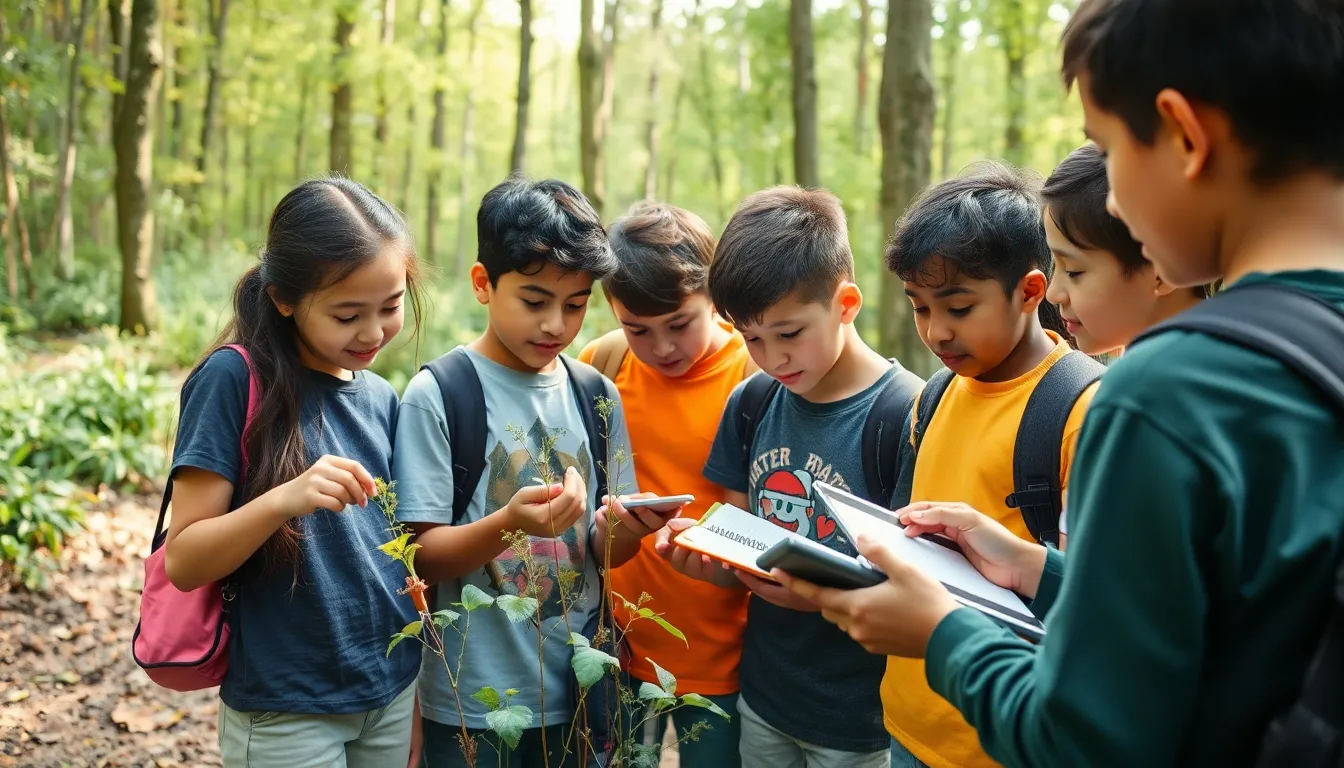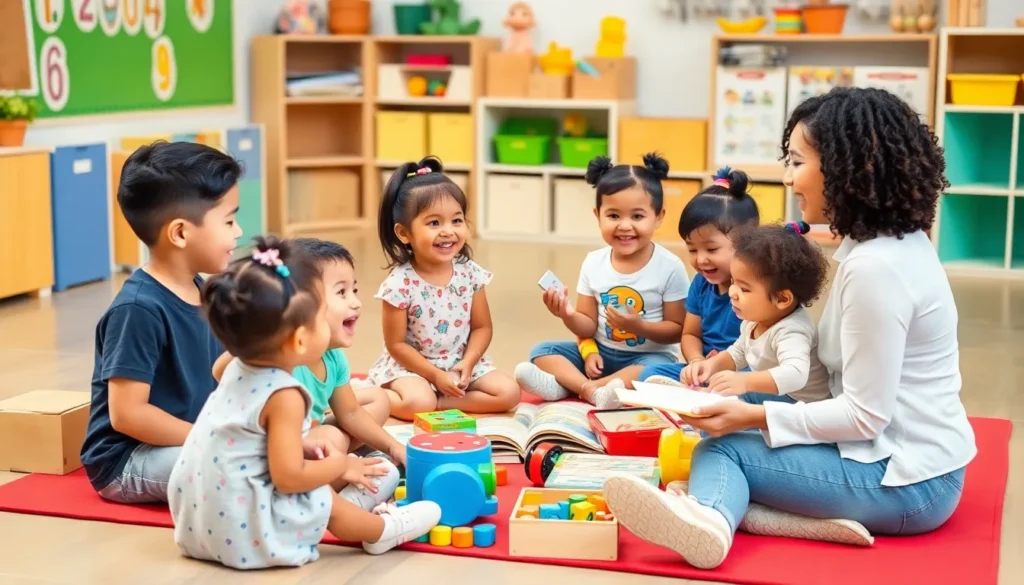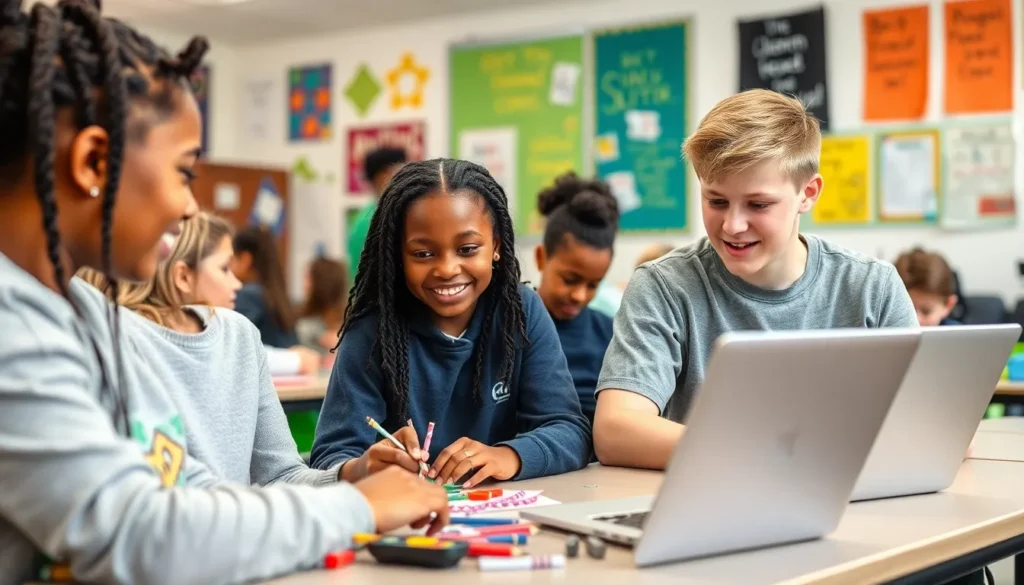Table of Contents
ToggleIn a world where traditional classrooms often feel more like prisons than places of learning, alternative education emerges as a refreshing escape. Imagine a setting where creativity thrives and students aren’t just numbers in a grade book but individuals with unique talents and passions. Alternative education isn’t just a buzzword; it’s a movement that redefines how we think about teaching and learning.
Understanding Alternative Education
Alternative education represents a transformative approach to learning. It prioritizes individual creativity and personal growth over standardized methods.
Definition of Alternative Education
Alternative education refers to educational systems and methods that differ from traditional practices. It encompasses various approaches such as Montessori, Waldorf, and unschooling. These models emphasize student-centered learning, flexibility, and the pursuit of personal interests. Many educators believe that this type of education fosters a love for learning and facilitates the development of critical thinking skills. Students often thrive in environments that cater to their distinct learning styles, yielding improved engagement and retention.
Historical Context
The roots of alternative education trace back to the late 19th century. Pioneers like Maria Montessori and Rudolf Steiner introduced methods that focused on holistic development. Educators began to recognize that traditional systems might not address the diverse needs of all students. Over decades, movements emerged advocating for educational reform, responding to societal changes and cultural shifts. Challenges within conventional classrooms prompted the exploration of more innovative practices, leading to a broader acceptance of alternative education as a legitimate option for learners.
Key Features of Alternative Education
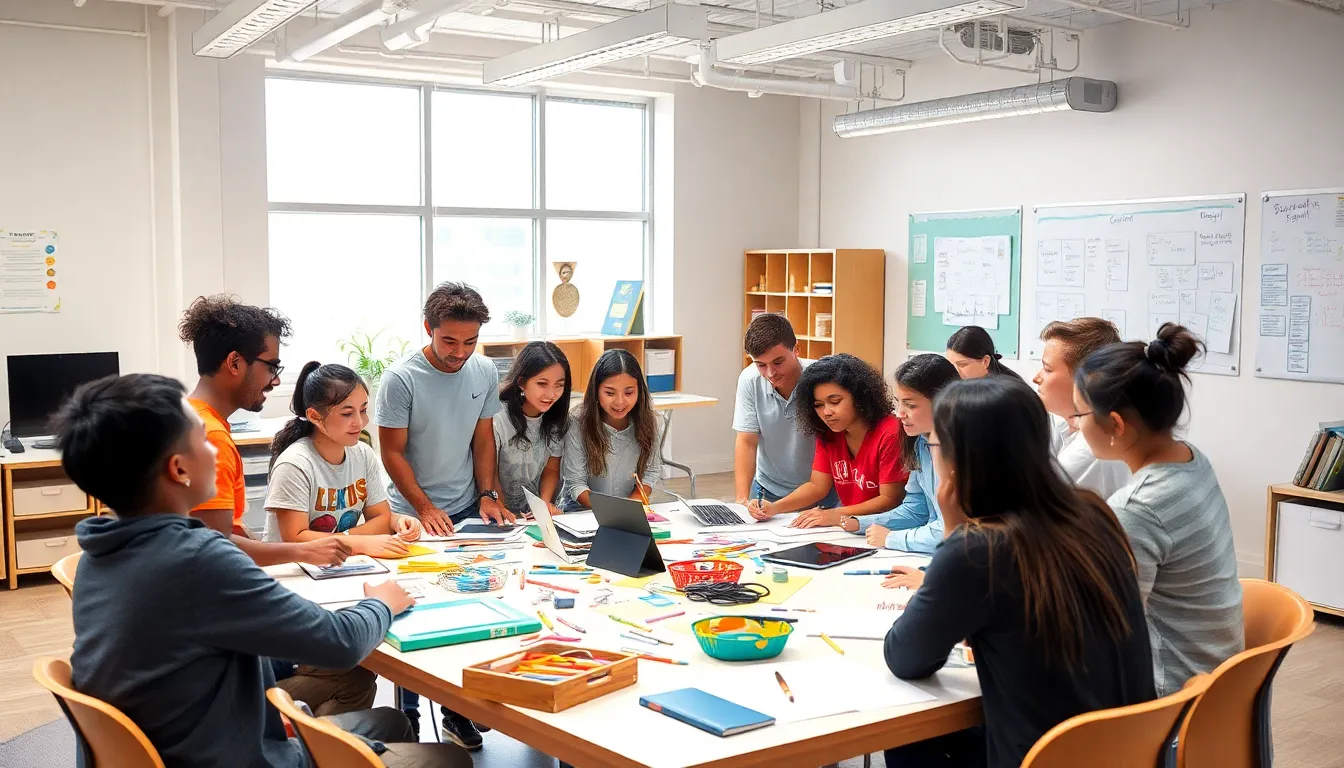
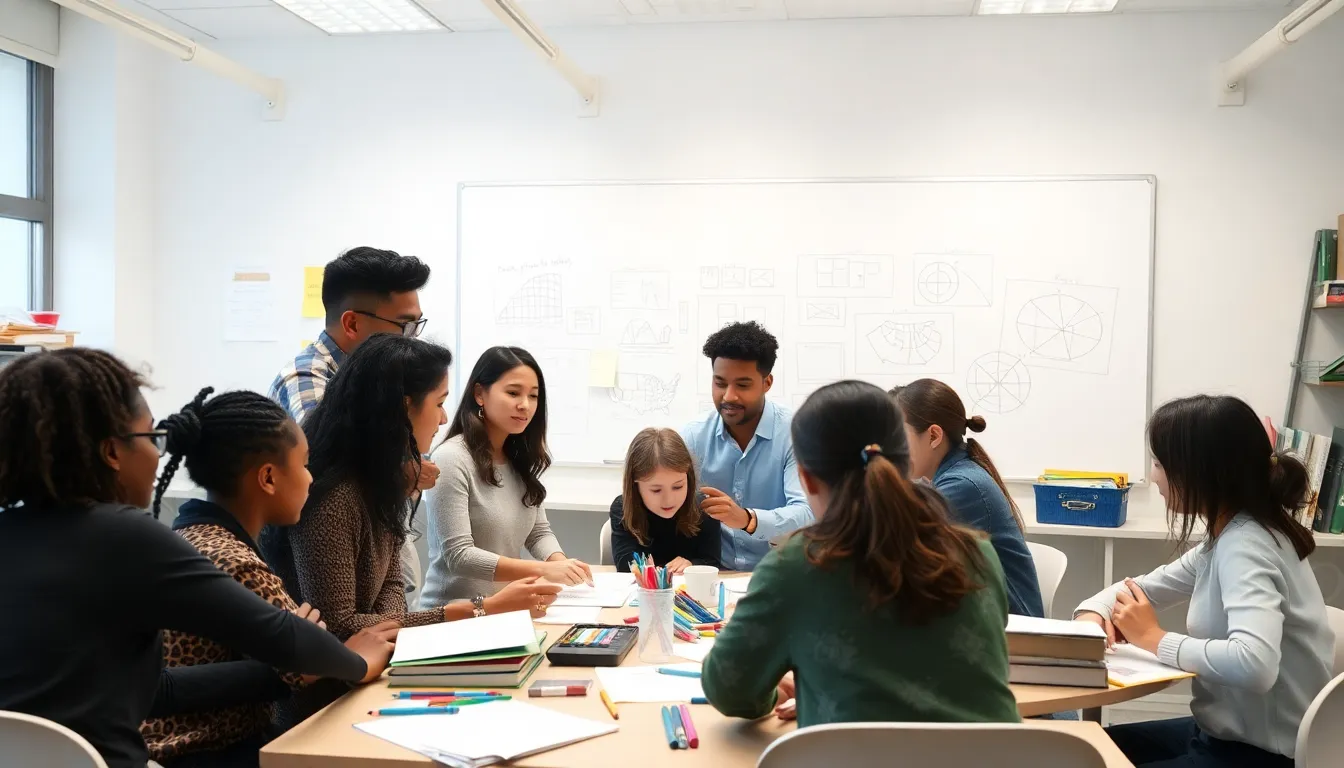
Alternative education embodies several key features that distinguish it from traditional approaches. These features actively promote a more personalized and effective learning experience.
Student-Centered Learning
Student-centered learning remains a cornerstone of alternative education. This approach shifts the focus from the teacher to the student, allowing learners to take charge of their education. With this model, students engage in decision-making regarding their educational paths. Individual interests and strengths direct the learning process, resulting in a more meaningful experience. Various methods support this philosophy, such as project-based learning and collaborative work, fostering teamwork and real-world application of knowledge. Engaging in activities that resonate with students not only enhances motivation but also cultivates critical thinking skills.
Flexible Curriculum
Flexible curriculum plays a pivotal role in alternative education settings. Curricula adapt to meet the diverse needs of students, allowing for exploration beyond standardized subjects. Educators develop programs that incorporate various topics, driven by student interests and community needs. This adaptability permits lessons to evolve over time, reflecting current events or technological advancements. Additionally, some programs integrate experiential learning opportunities, such as internships or field trips, bridging the gap between classroom knowledge and real-life situations. Such flexibility empowers students to pursue their passions, facilitating a deeper understanding of what they learn.
Benefits of Alternative Education
Alternative education offers distinct advantages that enhance the learning experience. These benefits include personalized learning experiences and increased engagement and motivation.
Personalized Learning Experience
A personalized learning experience caters to individual student needs. Each learner engages in activities that align with their interests and strengths. Students explore subjects at their own pace, enabling deeper understanding. This approach fosters a sense of ownership in their education. A tailored curriculum can address diverse learning styles effectively. Teachers facilitate rather than dictate, nurturing students’ unique paths. Ultimately, personalized education cultivates confident, competent learners.
Increased Engagement and Motivation
Increased engagement and motivation characterize alternative education environments. Students actively participate in their learning processes, which sparks curiosity. Hands-on projects and real-world applications help maintain interest. Assessments focus on personal growth rather than standardized testing. This shift diminishes anxiety and promotes enthusiasm for learning. Collaboration among peers cultivates a supportive community, enhancing social development. Ultimately, motivated learners thrive when they feel invested in their educational journeys.
Challenges in Alternative Education
Challenges in alternative education can impact its effectiveness and acceptance. Recognition and accreditation present significant hurdles. Many alternative education programs lack formal recognition from mainstream educational institutions. Without proper accreditation, students may face difficulties when transferring to traditional schools or applying for higher education. This lack of credibility can deter families from choosing alternative options, despite their benefits. Some states have regulations that create confusion regarding the legitimacy of various programs, impacting enrollment rates.
Resource availability also influences the success of alternative education. Many programs operate with limited funding, which restricts access to materials and facilities. Inadequate resources can hinder the implementation of innovative teaching methods and experiential learning opportunities that alternative education promotes. Additionally, the availability of qualified educators can vary by location. Smaller alternative programs may struggle to attract experienced teachers, impacting the quality of instruction. Ensuring equitable access to resources is vital for the sustainability of alternative education models.
Alternative education represents a shift towards more personalized and engaging learning experiences. It champions creativity and individual growth while challenging the conventional educational norms. This approach not only nurtures a lifelong love for learning but also prepares students to thrive in diverse environments.
Despite facing challenges like recognition and resource availability, alternative education continues to gain traction. Its focus on student-centered learning and flexible curricula aligns with the needs of today’s learners. As awareness grows and more families seek tailored educational paths, the future of alternative education looks promising, paving the way for a more inclusive and effective educational landscape.

